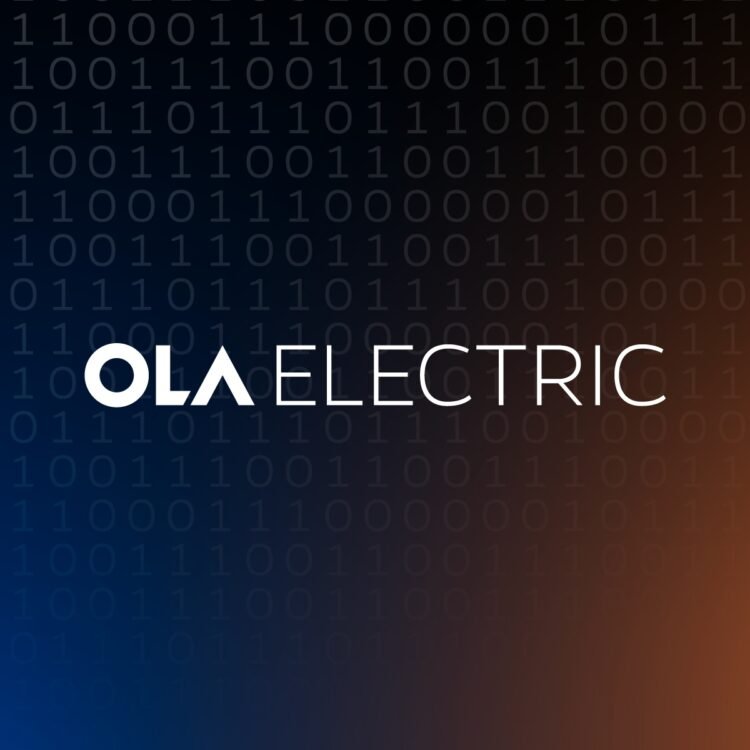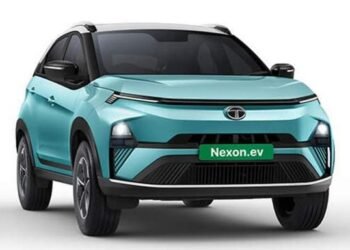NEW DELHI (Eco nomy India): Ola Electric, India’s leading electric two-wheeler company, has reported a 35.5% quarter-on-quarter (QoQ) growth in revenue, earning ₹828 crore during April–June 2025 (Q1 FY26), up from ₹611 crore in the January–March quarter (Q4 FY25). The company also saw its vehicle deliveries rise by 32.7%, with 68,192 units dispatched in Q1 compared to 51,375 units in Q4.
The figures were released on Monday in an official company statement, reflecting Ola Electric’s strengthening market position amidst intensifying competition and shifting dynamics in India’s electric vehicle (EV) sector.
Strong Start to FY26: Growth Across the Board
The April–June 2025 quarter marks a significant leap for Ola Electric, which has consistently aimed to dominate the fast-growing electric two-wheeler segment in India.
“This strong performance in the first quarter of FY26 underscores the growing trust of consumers in Ola’s products and the company’s ability to scale up operations efficiently,” the company said.
The company’s revenue and delivery data also represent one of the strongest quarters since its commercial launch, signaling sustained consumer demand even as price sensitivity and subsidy changes continue to affect the broader EV market.
Key Performance Indicators (Q1 FY26):
| Metric | Q1 FY26 (Apr–Jun 2025) | Q4 FY25 (Jan–Mar 2025) | Growth (%) |
|---|---|---|---|
| Revenue | ₹828 crore | ₹611 crore | +35.5% |
| Vehicle Deliveries | 68,192 units | 51,375 units | +32.7% |
Demand Driven by Product Diversification and Reach
Ola Electric’s growth is attributed to the widening adoption of its S1 lineup—including the S1 Pro, S1 Air, and S1 X+ scooters—across urban and semi-urban markets.
The company has also expanded its physical presence through hundreds of Ola Experience Centres across Tier-1, Tier-2, and Tier-3 cities, offering consumers test rides, servicing, and on-ground purchase support.
“Our growing retail footprint and direct-to-consumer strategy have made EVs more accessible. This model allows us to reach first-time EV buyers in non-metro cities, who are now forming a major portion of our customer base,” a senior Ola Electric executive added.
Technology, Localisation and Supply Chain Strength
Over the past year, Ola Electric has accelerated investments in:
- Battery R&D, including cell chemistry and thermal management systems
- In-house manufacturing, aiming to reduce import dependency and ensure cost-efficiency
- Localised component supply chains, with over 80% of parts now sourced from domestic suppliers
These efforts have led to better margins and faster scalability.
The upcoming Ola Gigafactory—currently under development in Tamil Nadu—is expected to further enhance the company’s battery manufacturing capabilities, helping reduce costs while improving EV range and performance.
Market Context: EV Sector Facing Headwinds
The Indian EV market has been seeing mixed signals in recent quarters. While overall adoption is increasing, challenges remain, including:
- Withdrawal or reduction of subsidies under the central FAME-II scheme
- Rising input and battery component costs due to global supply constraints
- Increasing competition from established auto players like Bajaj, TVS, and Hero MotoCorp
Despite these hurdles, Ola Electric has retained its lead in the electric scooter segment, largely due to brand recall, pricing innovation, and early-mover advantage.
IPO Plans and Investor Interest
Ola Electric is also gearing up for its initial public offering (IPO), likely to be launched in late FY26. Analysts believe that the company’s Q1 performance strengthens its valuation prospects, showing consistent quarter-on-quarter growth and high brand equity.
“Ola Electric’s numbers indicate a solid revenue trajectory. If these figures continue into Q2 and Q3, it could build strong momentum going into the IPO,” said Deepika Agarwal, Lead Analyst at GreenMobility Research.
Investor interest is also high due to the company’s vertical integration model, ambitious gigafactory, and growing export aspirations to Southeast Asian and European markets.
Industry Analysts: What Lies Ahead?
Industry watchers are cautiously optimistic about Ola’s next phase. While the Q1 numbers are impressive, sustaining growth amidst policy volatility and margin pressure will be key.
“Q1 FY26 has shown that Ola Electric can grow at scale, but future growth must now be profitable and diversified,” said Rakesh Kapoor, EV Industry Analyst at Autotech Insights.
Ola’s response may include:
- Launching affordable models under ₹80,000 price range
- Introducing subscription and battery swap options
- Expanding into e-motorcycles and last-mile delivery vehicles
Ola Electric’s 35.5% rise in quarterly revenue and over 68,000 deliveries mark a powerful start to FY26. As India accelerates toward a cleaner mobility future, Ola continues to ride the EV wave with confidence and agility. With a potential IPO on the horizon and the gigafactory project gaining steam, the company now enters a phase where sustained growth, profitability, and global ambitions will define its leadership in the electric two-wheeler space.
(Economy India)












